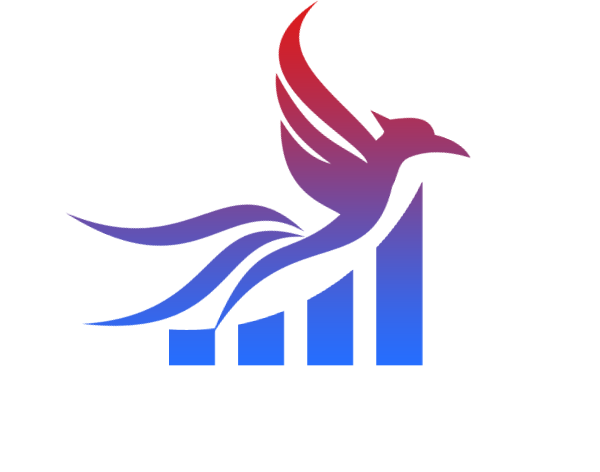A Seamless Guide to Navigating the Conventional Loan Application Process
- Content Writer
- August 18, 2023
- Conventional Loans, Mortgage and Financing Options
- 0 Comments
Navigating the conventional loan application process can seem daunting, but with the right steps and strategies, you can make it a smoother journey. Let’s dive deep into each step.
1. Initial Research Stages
Choosing Suitable Lenders:
- Begin with banks or credit unions where you have existing relationships.
- Consider local and regional banks—they often have specialized products that cater to their local clientele.
- Look into online lenders; they might offer competitive rates.
Selecting the Right Mortgage Product:
- Understand the types of conventional loans: Fixed-rate, adjustable-rate, jumbo, etc.
- Decide the loan term (e.g., 15, 20, 30 years).
- Evaluate interest rates, closing costs, and any potential penalties.
2. Documentation & Financial Evaluations
Required Documentation:
- Recent pay stubs or proof of income.
- Personal identification.
- Employment verification.
- Asset statements, including bank accounts and retirement funds.
- Debt statements—credit cards, student loans, car loans, etc.
- Previous tax returns.
Credit Checks:
- Lenders will perform a hard inquiry on your credit report.
- Ensure you’re familiar with your credit score; use online services to check it.
Financial Evaluations:
- Debt-to-Income Ratio (DTI): It shows the percentage of your income that goes toward paying your debts.
- Loan-to-Value Ratio (LTV): It compares the loan amount to the value of the property.
3. Common Pitfalls & Mistakes to Avoid
- Not Checking Credit Reports: Always check for inaccuracies or fraud.
- Making Large Purchases: Avoid making any large purchases or taking on new debt before closing.
- Not Shopping Around: Don’t settle for the first rate or lender; always get multiple quotes.
- Overlooking Fees: Ensure you understand all the fees associated with the loan.
4. Strategies to Boost Appeal to Lenders
Improving Credit Scores:
- Pay all bills on time.
- Reduce outstanding debts.
- Don’t close old credit card accounts; length of credit history matters.
- Limit hard credit inquiries.
Reducing Debts:
- Pay more than the minimum amount on your credit cards.
- Consider consolidating high-interest debts.
- Avoid taking on new debts.
5. Narratives from Successful Applicants
John’s Journey: John started by paying off his credit card balances six months before applying. This not only improved his credit score but also made him feel confident during the application process.
Maya’s Experience: Maya shopped around and got pre-approved from three lenders. It gave her a clear picture of what she could afford, and she eventually went with a lender that provided additional benefits.
6. Concluding Checklist
Before diving into the application:
- [ ] Understand your financial standing.
- [ ] Research and choose at least three lenders.
- [ ] Decide on the mortgage product that fits your needs.
- [ ] Prepare all required documentation.
- [ ] Check your credit report for inaccuracies.
- [ ] Avoid new debts or significant financial changes.
By following this guide, you’re well on your way to a successful conventional loan application process. The key is to be thorough, do your research, and prepare ahead of time.


